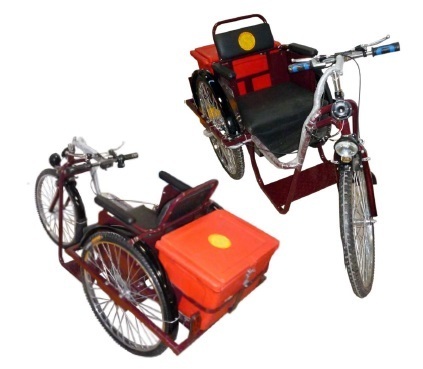
As being the worldwide design industry will continue to broaden and change at an increasingly rapid tempo, producers are trying to find new and progressive methods to meet these problems. An area that’s seen fast development lately will be the adoption of electric excavators. These appliances have existed for a while now, however popularity has erupted over the last decade. This article will explore the true secret reasons why a lot more producers are going for to visit electric because of their excavators, and also some practical recommendations you can use to make the swap also.
What exactly is an electric excavator?
electric excavator is powered by electric engines that travel inside sprockets or drum assemblies. These machines can be utilized in numerous design and civil design applications, such as grading, excavating trenches, and moving large quantities of earth and also other materials. Since they’re powered by electric engines, electric excavators are also referred to as electric loaders.
A key thing that helps make electric excavators probable is the rise in the volume of energy that may be transmitted across a wire. This is due to the increasing utilization of substantial-high quality insulated wire rope, which is able to transfer a lot of control of huge distances with little amount of resistance.
Electric motors may also be getting good efficient. They’re able to work at greater RPMs compared to what they utilized to, which makes them more flexible. Additionally, the use of factor-velocity handle choices has made it feasible for electric excavators to be used for multiple software. Which means that you don’t have to turn your excavator to a new product once the task changes, for example from grading to excavating.
How can electric excavators work?
Electric engines are motivated by electric potential. This power is transferred from an external resource by using an insulated cable rope. The rope works through pulleys that permit the rope to perform with a path, that allows the appliance to go along the track. Inside of an excavator, the rope is twisted all around a drum or sprocket, that is mounted on a gimbal. This enables the rope to become fed throughout the machine’s main push sprockets.
As the excavator movements, the drum or sprocket spins, operating the machine’s devices. Based on the design from the excavator, these devices can include buckets, a grapple, a container lift, derrick, or possibly a bucket dumpster. A grapple provides for the attachment of materials, such as another container or possibly a container lift to advance materials vertically. In certain models, the container escalator enables you to transfer resources horizontally.
Features of an electric excavator
– Greater Potential – Electric excavators can run with up to 90Per cent capacity. This simply means they could shift far more material right away, that may be beneficial in some design jobs. It is also important to note that electric excavators have small sizing footprints than petrol-powered versions, to allow them to be more beneficial in many different programs.
– Significantly less Noise – Electric models are often less noisy than their petrol alternatives. It is because they may have a lot fewer transferring parts so aren’t as prone to disintegrate. They are also typically much less vibrating, therefore they don’t make as much noises while in use. This could save time and sources, as it means there’s significantly less disturbance when materials are being moved around.




